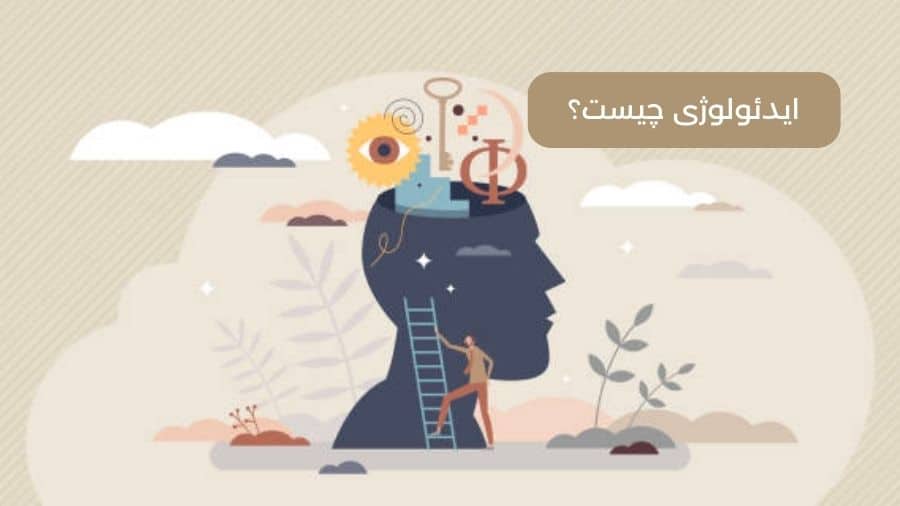This essay discusses the definition and historical background of ideology theory and criticism. It begins by mentioning Dastot de Tracy, who first used the term “ideology” to refer to the “science of ideas.” The negative connotation of ideology emerged in the 19th century, particularly through Napoleon’s criticism of “ideologues.” The modern understanding of ideology can be traced back to Marx and Engels’ book “German Ideology” in 1845, where they proposed a scientific theory to explain the ideological aspect of German idealism. Marx argued that ruling ideas in society are shaped by the dominant class and their material interests, contrasting this with the objective and universal nature of scientific knowledge.
The essay then delves into Marx’s concept of ideology and its relationship with material forces and class relations. Marx contends that ruling ideas are rooted in the material forces of society, with the ruling class also controlling the means of spiritual production. He argues that dominant ideas are inherently partial and false because they serve the interests of a specific group rather than representing the interests of all humans. Marx distinguishes between science, which is organized based on the interests of all humanity, and ideology, which upholds the interests of certain individuals or classes. He uses metaphors such as the dark room of photography and the inversion of objects on the retina to explain the mechanism of ideology.
The text continues to explore the characteristics of ideology and its relationship with material forces and class relations, primarily drawing from Marx and Engels’ book “German Ideology.” It highlights how ideology presents itself as detached from its material origins and rooted in the sky. The authors argue that ruling ideas are shaped by the dominant class and serve their interests, contrasting them with the universal nature of scientific knowledge. Marx emphasizes that all ideas of a period should not be reduced to the ideas of the ruling classes, challenging traditional historiography.
The text also explores the relationship between science and ideology, addressing criticisms regarding the causal relationship between ideas and material existence. It mentions Marx’s theory in “Capital” and the contributions of other Marxists such as Lukács, Gramsci, and Althusser in the development of the theory of ideology. The concept of “criticism” is introduced, tracing its roots back to Kant’s idea of “critical science.” The text suggests that the tradition of criticism of ideology emerged from the debates among young Hegelians and young Marx, connecting the question of criticism to its political form. It notes that in Iran, due to its unique historical and social conditions, criticizing ideology has been a significant endeavor for progressive forces, with several intellectuals attempting to critique traditional ideologies.
The essay further explains that in Iran, the tradition of criticism emerged as a response to Western developments rather than from direct relations of forces. The historical context of Iran is characterized by the first bourgeois-democratic revolution in Asia, followed by the establishment of a new monarchy and ongoing tensions. The conservative forces rooted in long-standing caste and class rule hold significant influence and resist change. International relations, involving powers such as Russia, England, America, China, and regional players like Turkey, have consistently impacted Iran’s political landscape. These external factors, along with technological advancements, have led to fundamental changes in the ruling classes, creating imbalances of power and providing new material for critics of ideology to analyze and critique power relations.
This is a summary of the Persian article found here.


